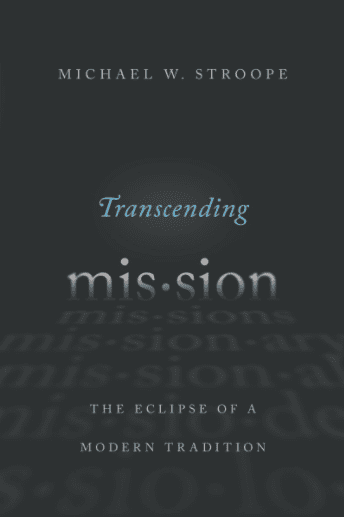Mike Mercer, one who has taken up the task of Michael Spencer at iMonk, has a great post about church and what’s going on today … and it meshes well with my post this morning.
My take on what has happened over the course of the last forty years is as follows. In evangelicalism in particular, we have raised a whole generation of Christians who were discipled not so much by traditional local churches as by parachurch ministries and churches that have become dominated by the parachurch ethos. That ethos is not “Church” but “Mission.” And so what we see today is the fruit of that.We have many communities of faith that would be better described as “missions” rather than “churches.”
Campus Crusade for Christ, Navigators, InterVarsity, Youth for Christ, and a thousand other parachurch ministries have been the true engines of growth in evangelicalism over the course of my Christian life. Their emphasis on “evangelism and discipleship” influenced those who developed the church growth movement, the Willow Creek movement, the church-planting “community church” type movements, and the more contemporary examples we see today, noted in the newspaper article. Traditional Protestantism defined the church as a community where the Word of God was truly preached and the sacraments truly administered. Today, “church” is defined by many as a community that practices evangelism and discipleship.
I don’t totally disagree, and the emphasis on mission in today’s congregations is likely a reaction to a lack of that emphasis in more traditional congregations.
However, this leads to some problems. What, for example, would Paul say about a “church” that consists wholly of those age 25 and under? Or any “church” that exists primarily to reach a particular demographic? Or a “church” that, for the purpose of outreach, shapes its preaching and “worship” (i.e. music) after a particular culture rather than shaping it around the Gospel? (That is not the same as saying our worship and religious styles will reflect our cultural context.)
I think, frankly, that the Apostle would have problems with this approach. Certainly, in a broad sense, Paul saw himself as an “apostle to the Gentiles,” while others were “apostles to the Jews.” And he did say, in 1Corinthians 9, that he was willing to adapt his approach to reach as many as possible. That was his mission in the world.
However, that was not what he said “church” is about. When Paul gathered people from the various backgrounds he had reached into the church , he brought them together, and insisted that the ethos of the church was learning to accommodate to one another, accept one another, and become a cross-cultural community in Christ. Almost every epistle he wrote is designed in part to reinforce this ecclesiological perspective.
This is an entirely different vision of the church than we see in many congregations, whether traditional or “cutting-edge.” There is a breadth to the church as well as a height, a horizontal element as well as the vertical dimension. It is not just about bringing people into relationship with God through Jesus and providing a place where they may feel “comfortable” because we have accommodated to their cultural expectations. It is about bringing people into a community that requires that we learn how to relate to all different kinds of people and teaches us to love one another….
- We are called to create genuine churches of “Jew and Gentile, slave and free, etc.” united in Christ alone.
- A church is not only a place where the Word is truly proclaimed and the sacraments faithfully served. It is also a place, according to the consistent and pervasive teaching of the NT, that intentionally strives for inclusion and diversity as a testimony to God’s love for the whole world.
- A true church is a place where everyone is welcome, and where one of the chief matters of spiritual formation is learning to love those who are different from me.
God is creating a community–a cross-cultural community—that is, a people that consists of folks who may be very different from one another, but who share a “common unity” in Jesus Christ. That is the NT vision of church. Our unity does not consist in the fact that we all have tattoos or like grunge music or meet in a pub. Nor does it consist in the fact that we are mostly conservative middle-class suburbanites. Nor does it consist in our whiteness or blackness or the specific ethnic culture in which we live. Nor is it about organs, hymns, robes, and pews.
Our only true oneness is in Christ. We accommodate to “where people are” to reach them in the world for Christ, making them disciples. But then, when we baptize them and teach them to observe all that Christ commanded us, we call them into the practice of cross-cultural love within the new family God is creating. What the world needs to see is faith communities made up of people vastly different from one another who have laid hold of that.
That’s church.











